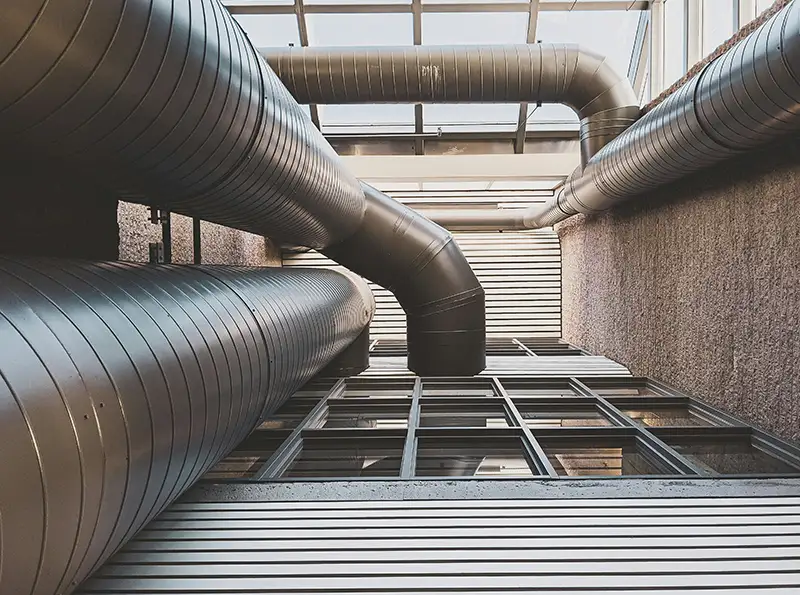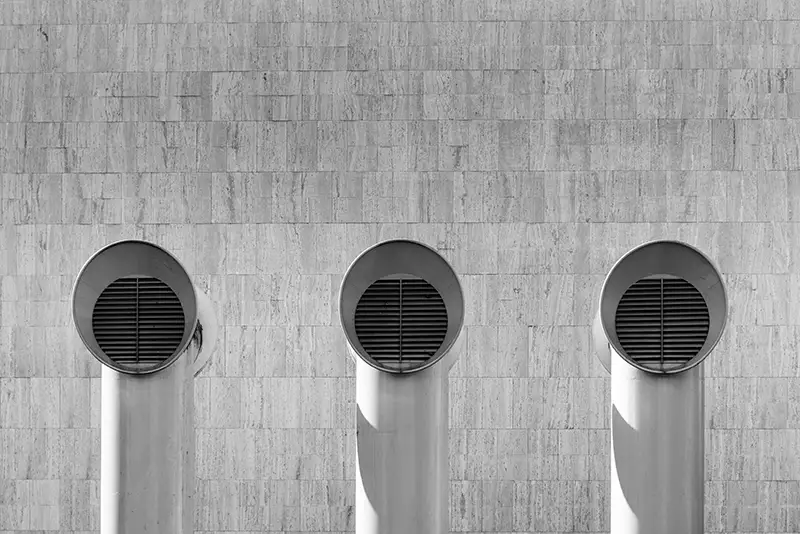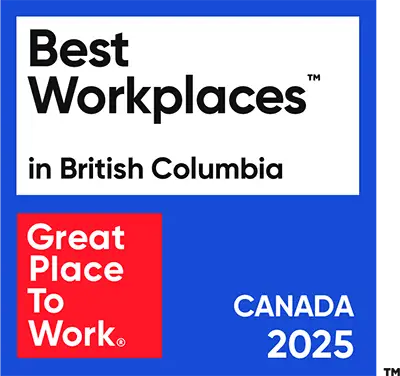New Developments in HVACR: Reducing Environmental Impact in British Columbia.
The heating, ventilation, air conditioning, and refrigeration (HVACR) industry is undergoing rapid transformation as Canada—and especially British Columbia—pushes for lower carbon emissions and greener buildings. With heating and cooling accounting for nearly 20% of Canada’s carbon emissions, new technologies, policies, and incentives are reshaping how buildings are designed, retrofitted, and operated to reduce environmental impact. Here’s a look at the latest developments and their environmental benefits.

Refrigerant Transition: Lowering Global Warming Potential.
One of the most significant new developments in HVACR is the transition to refrigerants with lower global warming potential (GWP). Traditional refrigerants, such as hydrofluorocarbons (HFCs), are potent greenhouse gases. Canada is actively phasing in alternatives with much lower GWP, supported by both federal and provincial regulations. Industry groups like HRAI are working closely with governments to ensure a smooth transition, which will significantly reduce the carbon footprint of cooling systems in buildings.
Eco-Friendly HVAC Technologies.
Several advanced technologies are gaining traction in BC and across Canada, offering substantial reductions in energy use and emissions:
- Heat Pumps: Both air-source and water-source heat pumps are being widely adopted for space heating and domestic hot water. These systems can be up to 70% more efficient than traditional electric or fossil-fuel-based heating. Heat pumps are central to many incentive programs, including the Oil to Heat Pump Affordability Program and BetterHomesBC rebates
- Geothermal Systems: By leveraging the earth’s stable underground temperature, geothermal heat pumps provide highly efficient heating and cooling, further reducing reliance on fossil fuels.
- Energy Recovery Ventilation (ERV): ERV systems recycle energy from exhaust air to precondition incoming fresh air, minimizing energy loss and improving indoor air quality.
- Variable Refrigerant Flow (VRF) Systems: These systems precisely control refrigerant flow to different building zones, optimizing energy use and comfort.
- Smart Controls and Thermostats: Programmable and remote-controlled thermostats help users manage HVAC systems more efficiently, reducing unnecessary energy consumption.
Innovative Building Projects in BC. Using New Developments in HVACR
British Columbia is home to some of Canada’s greenest buildings, such as UBC’s Centre for Interactive Research on Sustainability (CIRS). This building incorporates geothermal heat scavenging, solar energy, natural ventilation, and under-floor air distribution to achieve net-positive energy performance and Platinum LEED certification6. The BC Energy Step Code is pushing new homes toward “Net Zero Ready” status, meaning they are designed to produce as much energy as they consume when paired with renewable energy sources.
“Knowledge and expertise in designing and installing efficient HVAC systems will be crucial in meeting the province’s ambitious energy and climate goals.”
— Lee Zirk, Principle – True Mechanical
Recycling and Lifecycle Management
Beyond system efficiency, BC is also addressing the environmental impact of HVACR products at the end of their life. The Thermostat Recovery Program recycles metals, electronics, and some plastics from old thermostats, diverting hazardous materials (like mercury) from landfills. Building owners are encouraged to participate in such programs to reduce their environmental footprint further.

Government Incentives and Support.
To accelerate adoption, a wide range of incentives are available in BC to support new developments in HVACR:
- BetterHomesBC and BetterBuildingsBC – These programs offer rebates for heat pump installations, HVAC upgrades, and energy studies for both residential and commercial properties.
- CleanBC Multi-unit Residential Building Retrofit Program: Provides funding for feasibility studies and rebates for equipment like heat pumps and solar panels.
- Municipal Grants: Cities like Vancouver and Victoria offer additional grants and tax exemptions for green building projects and energy efficiency retrofits.
The Future: Smart, Integrated, and Low-Carbon.
Looking ahead, the HVACR industry in BC is moving toward even smarter, more integrated solutions. Artificial intelligence, advanced sensors, and CO₂-based thermal energy networks are being tested to further optimize energy use and reduce emissions. As these technologies mature and costs come down, they are expected to become standard in both new construction and retrofits.
Conclusion.
British Columbia is at the forefront of HVACR innovation in Canada, driven by strong policy, industry leadership, and public demand for sustainability. By adopting high-efficiency heat pumps, smart controls, advanced ventilation, and low-GWP refrigerants—supported by robust government incentives—BC’s mechanical construction sector is making significant strides in reducing the environmental impact of buildings. These efforts will play a key role in achieving provincial and national climate targets while ensuring healthy, comfortable indoor environments for all.
COMMON QUESTIONS
1. Why are HVACR systems a focus for environmental improvement?
HVACR systems use a significant amount of energy and often rely on refrigerants with high global warming potential, making them a major contributor to carbon emissions in buildings.
2. What is the biggest innovation in HVACR for reducing emissions?
The adoption of high-efficiency heat pumps is the leading innovation, as they can replace fossil-fuel-based heating and dramatically lower carbon footprints.
3. How do new refrigerants help the environment?
New refrigerants have much lower global warming potential compared to traditional ones like HFCs, reducing the impact of leaks and system disposal on climate change.
4. What role do smart thermostats play in sustainability?
Smart thermostats optimize heating and cooling schedules, reducing unnecessary energy use and lowering emissions without sacrificing comfort.
5. Can regular maintenance make a difference?
Yes, regular maintenance keeps systems running efficiently, reduces energy waste, and helps prevent refrigerant leaks that harm the environment.
6. How does insulation relate to HVACR efficiency?
Better insulation reduces the workload on HVACR systems, leading to less energy use and a smaller carbon footprint for both heating and cooling.
7. Are there technologies to optimize existing HVACR systems?
Yes, optimization tools and advanced monitoring can fine-tune system performance, further reducing energy consumption and CO₂ emissions.
8. What is the impact of switching to energy-efficient HVACR units?
Upgrading to ENERGY STAR or high-SEER-rated units can significantly cut energy use and emissions over the system’s lifetime.
9. What happens to old refrigerants and equipment?
Proper recycling and destruction of old refrigerants and equipment prevent the release of harmful substances, supporting environmental goals.
10. How does Canada regulate HVACR environmental impact?
Canada enforces strict regulations on refrigerant use and system efficiency, including phasing down high-GWP refrigerants and encouraging greener technologies through incentives and standards
Why Choose True Mechanical for Mechanical Contracting?
At True Mechanical, we combine decades of experience with a forward-thinking approach to deliver exceptional results. Whether you need HVAC installation, plumbing solutions, or system maintenance, our team brings unparalleled expertise and dedication to every project.
Contact us today to learn more about our services or to explore a rewarding career in mechanical contracting. The future is mechanical—let’s build it together.









